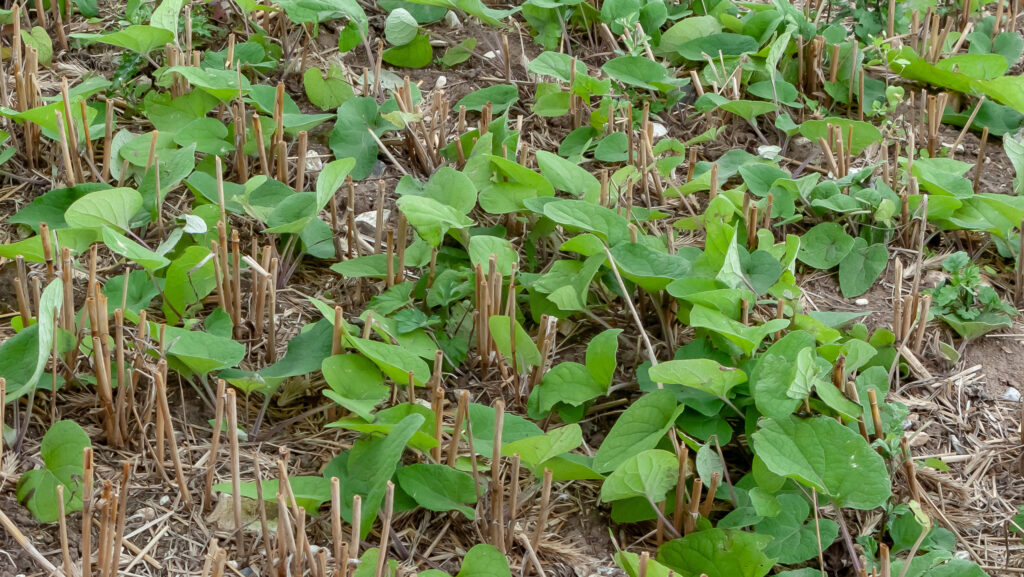Less common weeds threaten cereal yields
 © Blackthorn Arable
© Blackthorn Arable Farmers are facing a further threat to winter cereal yields from high populations of less common weeds this spring.
The lack of autumn residual herbicides applied in some areas, wetter soils and relatively high winter soil and air temperatures have led to a proliferation of willowherb, corn spurrey, lesser celandine and coltsfoot.
See also: Are alternative weed control techniques viable for beet?
Farmers have been warned that volunteer beans and groundsel are also causing problems, in already struggling crops.
Hazel Blanshard, product manager at FMC, said: “None of the unusual species reported so far should cause a headache as long as herbicide strategies are managed correctly.”
The good news is that these weeds are still relatively small and at a growth stage where control remains relatively straightforward, she said.
Metsulfuron-based products will control them, especially when combined with thifensulfuron or tribenuron.
Tank mixing a hormone with the sulfonylurea herbicide will control volunteer beans and larger weeds will require higher dose rates.
In a difficult season like this, maintaining water rates, correct nozzle choice, a reasonable forward speed, following product labels and talking to your agronomist, will be key to achieving effective weed control and crop quality.

